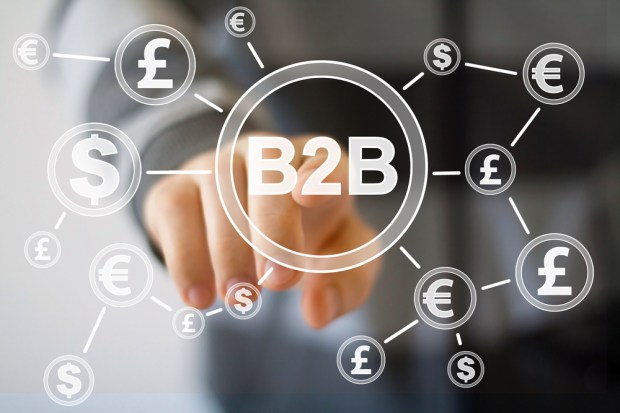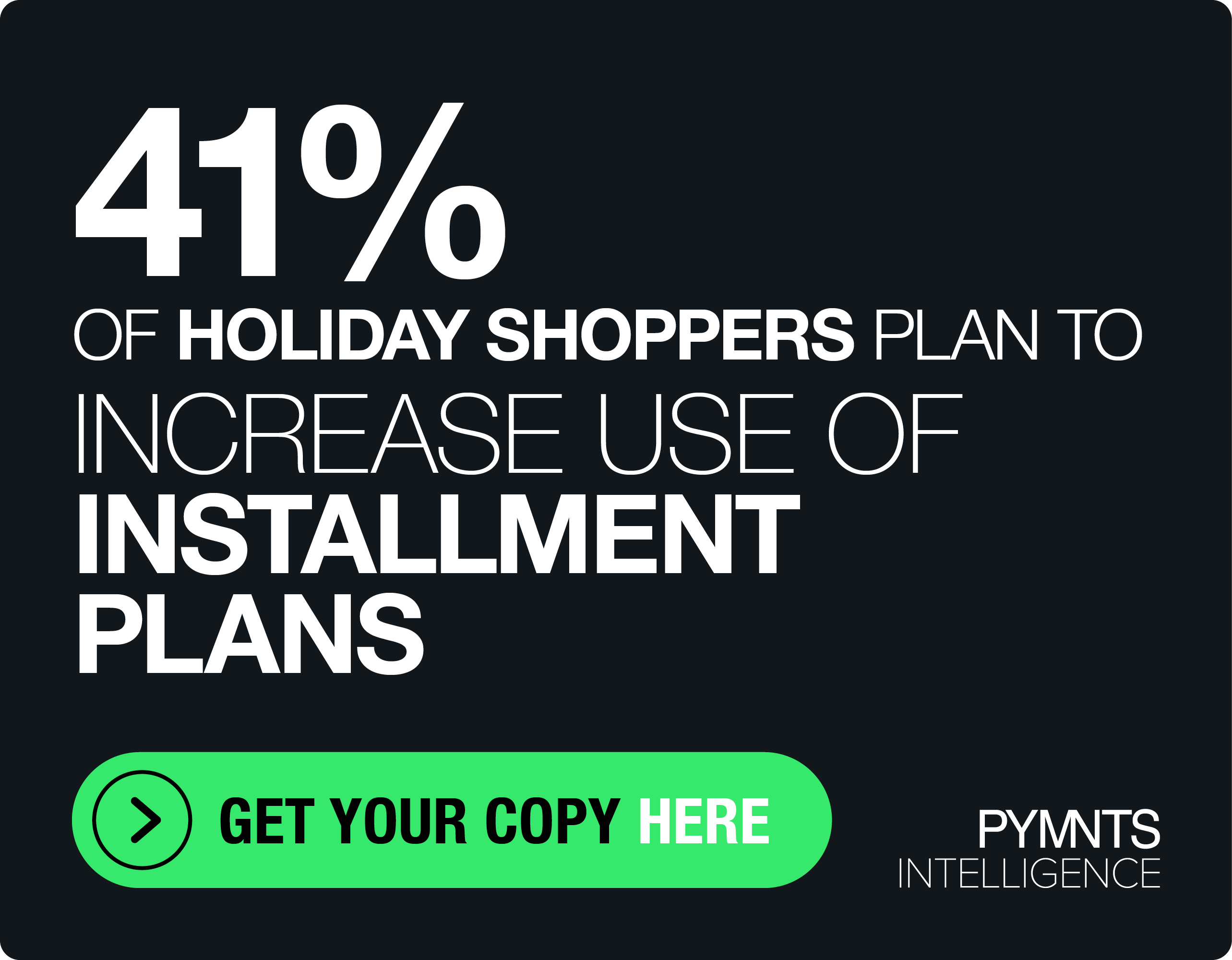Why Suppliers Are Key For B2B ePayments Adoption

When Mastercard launched its B2B Payments Hub earlier this year, a solution designed alongside accounts payable technology company AvidXchange, it was a huge boost by a major payments firm for an area of payments that traditionally receives little attention. But B2B payments are big business: The space is worth $25 trillion in North America alone.
About half of B2B payment transactions, though, are sent via paper check, especially among middle-market payers.
That ongoing reliance on the paper check is what encouraged Mastercard and AvidXchange to heighten focus on this space. Now, Mastercard has announced the first bank to partner into its B2B Payments Hub, Fifth Third Bancorp, which will link its own corporate customers to the electronic corporate payments capabilities offered by the solution.
Bridgit Chayt, senior vice president and director of commercial payments and treasury management for Fifth Third Bank, and Michael Praeger, chief executive officer of AvidXchange, recently told PYMNTS that the focus on reducing the use of paper checks is certainly key for the B2B Payments Hub and, now, for Fifth Third as well.
“Not a lot of innovation has been done to help the middle market. Most solutions focus on the large corporates or small business space,” Chayt said. “But the middle market is a segment that is incredibly important to us.”
There are loads of products on the marketplace to help businesses move money from Point A to Point B, the Fifth Third executive added. But many of them fail to address a slew of other pain points associated with that transaction. Part of the problem, the executives agreed, is that many solutions out there today don’t acknowledge that the payment begins not when the check is in the mail, but when the purchase order or invoice is generated.
“With our experience in working with middle-market companies, the payment process really starts with how the underlying invoice or purchase order gets managed,” said Praeger. “That’s the start of the payments process, and there is a lot of pain and inefficiency around how companies manage this process.”
Like the payments themselves, these invoices and purchase orders are often paper-based, too.
Here’s the other challenge both Chayt and Praeger highlighted: Especially for the middle market, when it comes to accounts payable, solutions must keep the payer and the payee in mind, because supplier relationships are just as vital for these companies.
“Solutions must recognize that, for middle-market companies, their relationships with their supplier is as important as it is with their own customer,” Chayt stated.
It’s another way that simply moving money from Point A to Point B doesn’t cut it on the supplier end, either. Vendors need rich remittance data to go with those payments, which, according to Chayt, is part of the reason why paper checks have stuck around for so long.
“I had a customer tell me not so long ago, ‘I don’t want to be writing checks. I don’t want that paper in my office, but everything I need to know about the payment is on the check,’” she said.
Other challenges, according to Praeger, include the fact that businesses are often unable to go to third-party and bank portals to execute a payment. Instead, they are required to initiate a transaction straight from their company’s accounting systems. The same goes for invoices and purchase orders: Companies need to adhere to strict rules in terms of how these documents get processed, approved and coded, and electronic solutions aren’t always able to adhere to those rules that are often unique from company to company. For companies like AvidXchange to build custom integration interfaces to link into the dozens of corporate accounting solutions on the market today is a challenge, he added.
Businesses — both buyers and suppliers — need a single portal through which they can not only initiate a payment, but also ensure that the right remittance data is sent along with the funds, and that all of that information can be integrated into accounting systems.
Solutions like the B2B Payments Hub are designed to fuel the adoption of electronic B2B payments among corporates, he added. But, as Praeger and Chayt emphasized, true adoption can only happen if these services also address the suppliers’ needs.
“It’s about providing the supplier with tools, transparency and visibility into the payment process,” Praeger said. “It’s so they can manage cash flow, they can see the status of invoices and payments and select the payment method that’s best for them in terms of how they want to receive payment and then they can access the data to go along with that payment via a self-service web portal.”
